MEDITERRANEAN MULTIMEDIA AWARD
Retrouvez ici la sélection des œuvres Multimédias sélectionnées pour la phase finale du PriMed 2013 :
—
17 OCTOBRE 1961, LA NUIT OUBLIEE
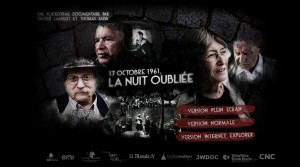
“17 Octobre 1961, La nuit oubliée” takes us back to the events which shook Paris on 17th October 1961: fighting broke out between police and a peaceful protest of French Algerian Muslims organized by the FLN. The content, mostly original (testimonials which combine videos, photos, sound and documents) is organized around four themes to give a comprehensive understanding of the event and its context (“dans la manifestation” – 6 eyewitnesses from the protest march; “en coulisses” – 4 men from the corridors of power; “un jour dans la guerre d’Algérie” – a day in the war; and “se souvenir” – remembering, with Jean-Luc Einaudi).
—
DANS LES MURS DE LA CASBAH
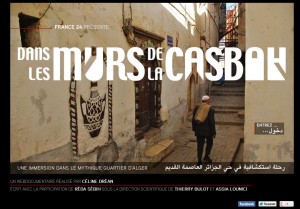
“Dans les murs de la Casbah” leads the user through the maze of stairways which characterize the Algiers Casbah. At each intersection, at the corner of every alley, the user has the option of entering a café to listen to old-timers, or open the door of the women’s house or sit down with students talking about their dreams of future.
Three virtual tours to immerse the user in this slice of Algeria, allowing him to listen to the people of the Casbah talking. Echoing these testimonies, Algerian researchers help us understand the Casbah. “Dans les murs de la Casbah” is based on the work of academics at the universities of Algiers and Rennes researching urban socio-linguistics, that is studying urban characteristics in relation to both space and language. To be accepted in this difficult district, the director worked with Algerian sociolinguist Reda Sebih, who conducted all the interviews in Arabic.
—
HOMS, AU COEUR DE LA REVOLTE SYRIENNE
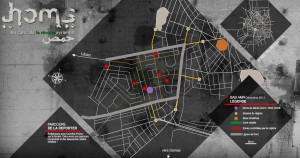
Having entered Syria illegally in late 2011, Caroline Poiron, a photojournalist on Géopolis, gives an eye-witness report on the state of resistance in the heart of the rebel city of Homs. For 7 days, she criss-crosses Baba Amr, a district in rebel hands, from combat zones to makeshift hospitals. She meets Tlass, the rebellion’s charismatic leader. 3 weeks later, she goes to areas controlled by the regime and its militias.
—
UN ETE A ALGER
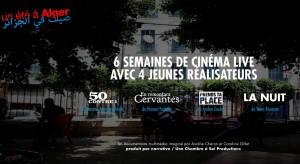
“Un été à Alger” is a transmedia documentary shot in Algiers during the summer of 2012 – the fiftieth anniversary of Algeria’s independence. 4 young Algerian film-makers talk about the city they live in, each with his own point of view, in 6 episodes. Un-ete-aalger. com, 6 weeks of live cinema: Lamine Ammar Khodja makes a filmed diary in the first person, and questions the contradictions of her country; Hassen Ferhani explores the working class district of Cervantes, both its reality and its legends (including Tarzan and Don Quixote); Amina Zoubir imposes her femininity and her camera in places reserved for men; Yannis Koussim films Algiers at night, after the Maghrib prayer. Each director makes an episode a week. As it evolves, “Un été à Alger” draws a subjective, contemporary and multi-faceted portrait of the city.
—
UNE JEUNESSE BOSNIENNE
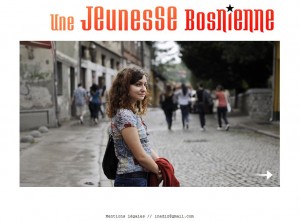
20 years after the beginning of the war, the youth of Bosnia and Herzegovina is liberated from its past. Through several meetings, the web-documentary “Une jeunesse bosnienne” shows people facing their fate, struggling to take control of their lives, caught between political corruption and their country’s lack of prospects. Some criticize nationalism, others remember their war wounds, many dream of Europe. Most want to move on and flee the commemoration celebrations of the war. Young people from Bosnia and Herzegovina, from Banja Luka to Tuzla, from Sarajevo to Kupres, not forgetting Mostar, look clearly and honestly at the concerns of a forgotten people living at the gates of Europe.